No skincare routine is fully evolved until you add acids to them. Yes, the biggest skincare innovation to take over millennials' and Gen Z's beauty habits is the addition of acids to their regimens. From hyaluronic acid becoming the go-to skin hydrator to kojic acid soaps flying off the shelves to deal with pigmentation on the body, acids are the star of the show now. One particular set of acids that have intrigued beauty enthusiasts the most are AHAs and BHAs - potent exfoliators that help resurface your skin. Given that exfoliation itself has been a challenge for most skincare lovers to get right, these acids have been tricky to manoeuvre as well. And while most AHAs and BHAs can be overwhelming for some people, there is a gentle exfoliator in the market that is relatively easy to use - mandelic acid.
01Mandelic acid fast facts
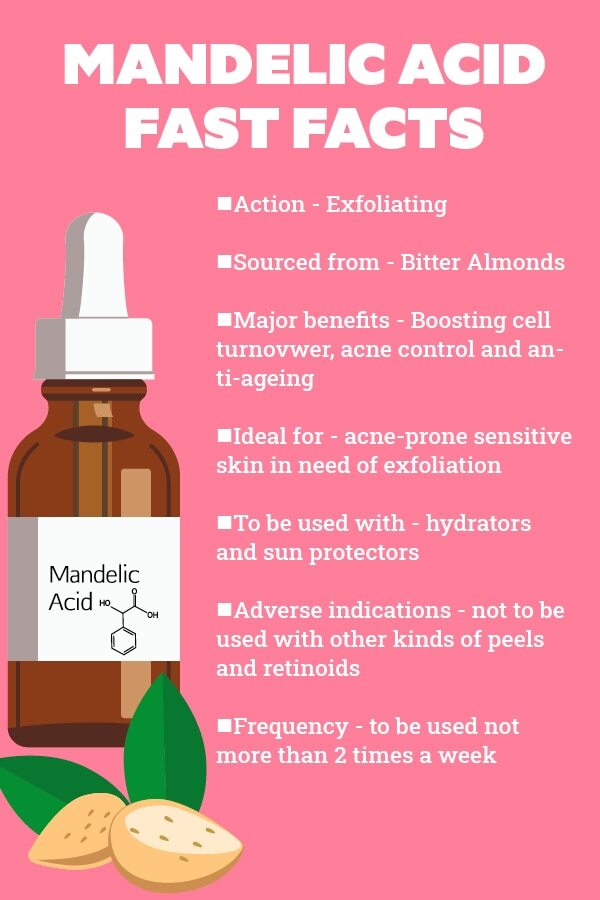
As seen above, mandelic acid is known to be an effective AHA (alpha hydroxy acid) and helps in exfoliating dead skin cells and revealing fresh skin underneath. The acid works like a peel, but isn't nearly as complicated as clinical peels that need downtime and can be too irritating on some skin types. It helps remove the top layer of your skin in a gentle way, and can be a great addition to your everyday routine. Here's everything you need to know about mandelic acid, and how to make the best of it for your skin...
02What is mandelic acid?
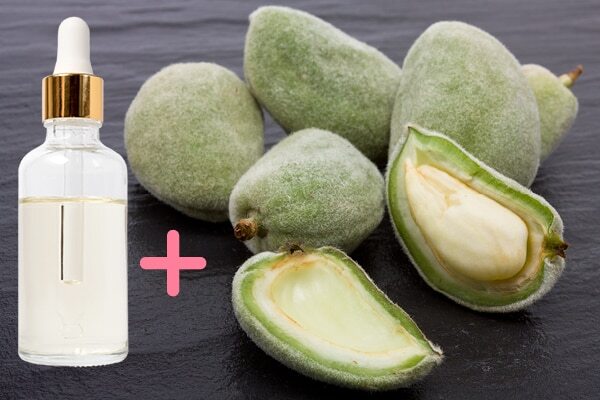
As mentioned before, mandelic acid is an AHA (alpha hydroxy acid) which can help resurface your skin in a gentler way as compared to physical exfoliants. AHAs work by loosening the bonds between damaged skin cells on the surface of your skin, and sloughing them off to reveal newer and healthier skin. Which is why mandelic acid, sourced from bitter almonds, is considered an excellent exfoliating agent to give you a brighter and even-toned complexion after use. When used regularly on its own, or in combination with other products, mandelic acid can help improve the look of your skin significantly. It also happens to be much gentler than other popular AHAs like glycolic acid and lactic acid.
03What are the benefits of mandelic acid?
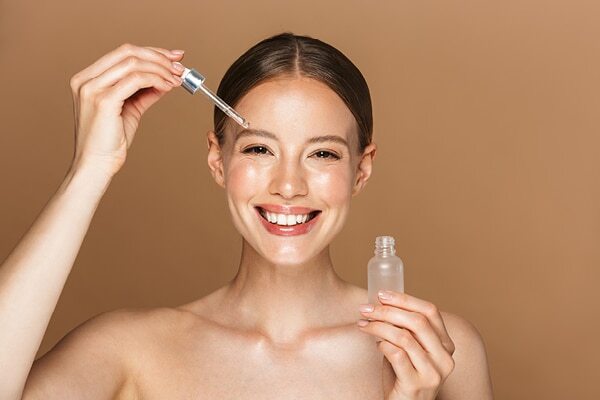
Some of the major benefits of regular use of mandelic acid are:
1) They are a gentle chemical exfoliant:
Mandelic acid is known for its larger molecular weight as compared to other chemical exfoliants. They enter the skin slowly and are thus not too harsh on the skin, especially for already sensitive skin types. The chemical nature also gives it a leg up on abrasive physical exfoliators.
2) Helps with acne control:
Mandelic acid can help dissolve the skin's surface and promote faster cell turnover, which hugely benefits acne-prone skin. It consists of antibacterial properties to fight the bacteria called P.acnes. It helps regulate sebum in your skin and controls the occurrence of acne in the first place.
3) Reduces hyperpigmentation and discolouration:
The exfoliating and resurfacing properties make mandelic acid an excellent agent to fade hyperpigmentation and discolouration issues like dark spots, melasma and sun damage.
4) Helps with pore care:
Taking good care of your pores can solve a lot of skin issues and mandelic acid can help with that. It is non-comedogenic in nature and can penetrate your pores and get rid of excess oil, dirt and dead skin cells. This helps in controlling acne and facilitates better penetration of other skincare products.
5) Controls fine lines and wrinkles:
Mandelic acid is known to boost collagen in your skin, which helps improve your skin's elasticity and protect it against fine lines and wrinkles. The resurfacing quality of the acid is also responsible for giving your skin a fresh and youthful glow every time you use it.
04What is the best way to use mandelic acid?
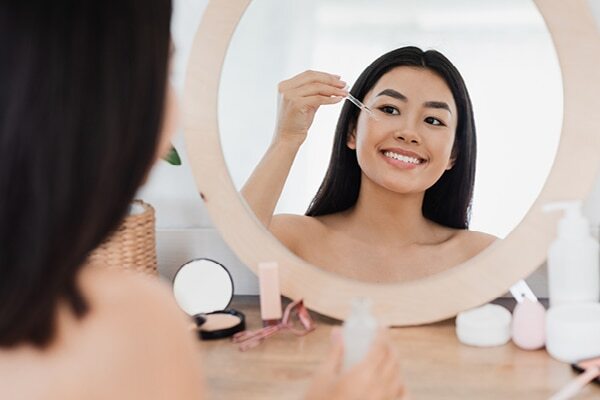
Even though mandelic acid is a much gentler chemical exfoliator, consulting a dermatologist before use is the best way to approach it. Here are some general practices to keep in mind while using mandelic acid for skin:
- Since exfoliators can make your skin sensitive to the sun, they are best used in your nighttime routine. Start with a small amount of mandelic acid to acclimate your skin to the acid and always follow up with a moisturiser.
- Mandelic acid can be used in the form of serums, peels and creams. Consult your dermatologist to figure the specific skin interaction you can have with the acid and different goals require different kinds of concentration. If you are just looking for some brightening effect, mandelic acid-infused creams are a good option. However, if you need to add an exfoliating peel in your routine, you might be looking at a higher concentration.
- Do not use mandelic acid in combination with other exfoliators like glycolic acid or salicylic acid as it can lead to abrasiveness on the skin. The ingredient should also not be used with retinoids as it can lead to sensitivity on the skin. Before using the acid on your face, do a patch test in the inner arm or the back of the ear at least 24 hours prior. If your skin shows any kind of peeling, blistering, irritation or breaking - it is probably best to avoid use on your skin.
- Never use mandelic acid, or any other exfoliator, on broken skin. You should also avoid its use on artificially treated skin - like tanning or clinical peels - right after the procedure. Stop using any active ingredients 3-5 days before going in with your first mandelic acid use.
05Are there any side effects to using mandelic acid?
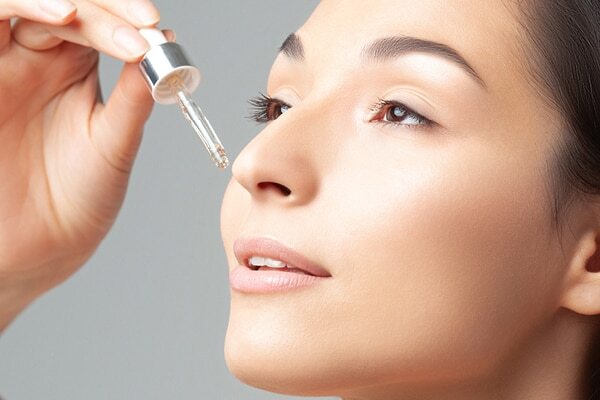
Even though mandelic acid has been known to be very tolerable, even by sensitive skin types, there can be some adverse effects associated with its improper use. If you are over-exfoliating with mandelic acid, it can lead to redness, swelling and itching on your skin. Keep a close watch on how often you are using it in your routine, especially if it starts to react adversely with your skin. Make sure to also not skin moisturisation, as AHAs can dry your skin and need proper hydration to avoid damage to the skin's lipid barrier.
06Mandelic acid vs glycolic acid
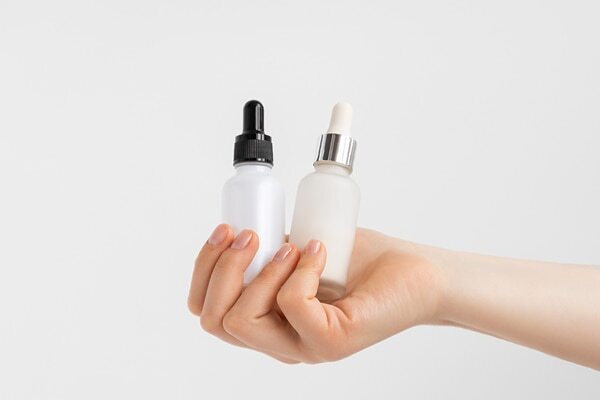
The steep rise in the popularity of mandelic acid has made it a topic of constant debate - is it better than glycolic acid? The answer may differ from person to person and the kind of skin issue they are targeting with their chosen exfoliators. Glycolic acid, which is derived from sugarcane, is stronger in its action and penetrates your skin deeper. Which makes it perfect for dealing with more advanced skin issues like cystic acne and photodamage. However, the strength of glycolic acid can be too overwhelming for some, which is where mandelic acid can come in. Even though mandelic acid may not be able to penetrate too deep, it has proven beneficial in dealing with inflammatory acne, evening out skin tone and treating sun damage on the skin. Plus, it is perfect for overly reactive skin!
07FAQs about mandelic acid

Q. Can mandelic acid help brighten skin?
**A. **Yes, regular exfoliation can contribute to making your skin healthier and freshen up the complexion with every use. Regular use of mandelic acid has been associated with making dull and tired skin much brighter and glowing.
Q. What concentration of mandelic acid should be used to get anti-ageing benefits?
**A. **Experts recommend starting to use mandelic acid with a lower concentration, like 25%, and then gradually going up to 30% or even 40% after your skin develops a tolerance for it. However, experts have found that a concentration of 30% is equally effective in fighting fine lines and wrinkles as 40%, so the best practice is to consult a dermatologist to figure out what will work for you.
Q. How long does mandelic acid take to show results?
**A. **Mandelic acid is one of those compounds that can show immediate results in the form of brighter-looking skin that is so soft to touch. But depending on the skin type, it can take at least 2-4 weeks for it to show results like fading of dark spots or reduction is pigmentation.








